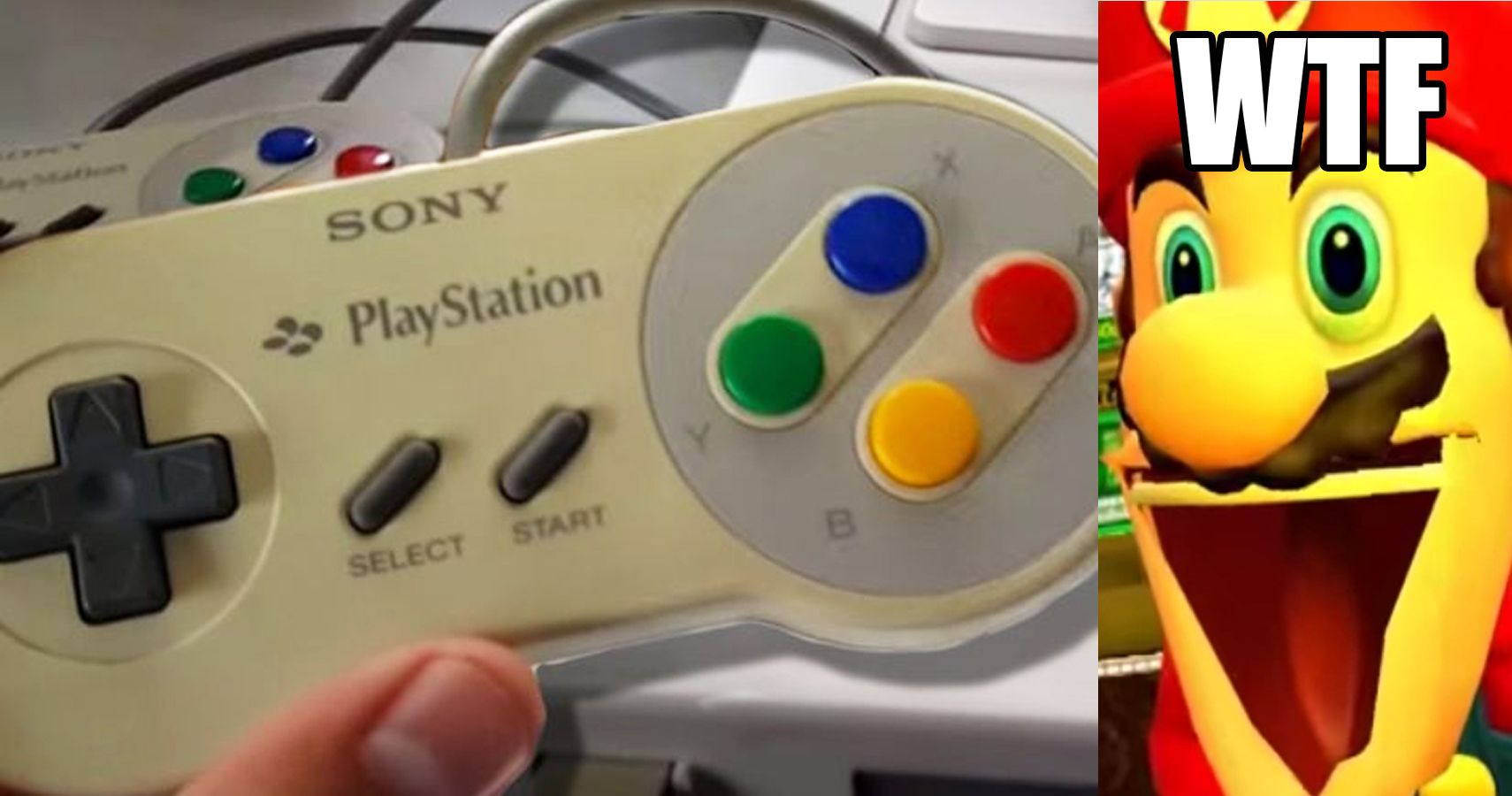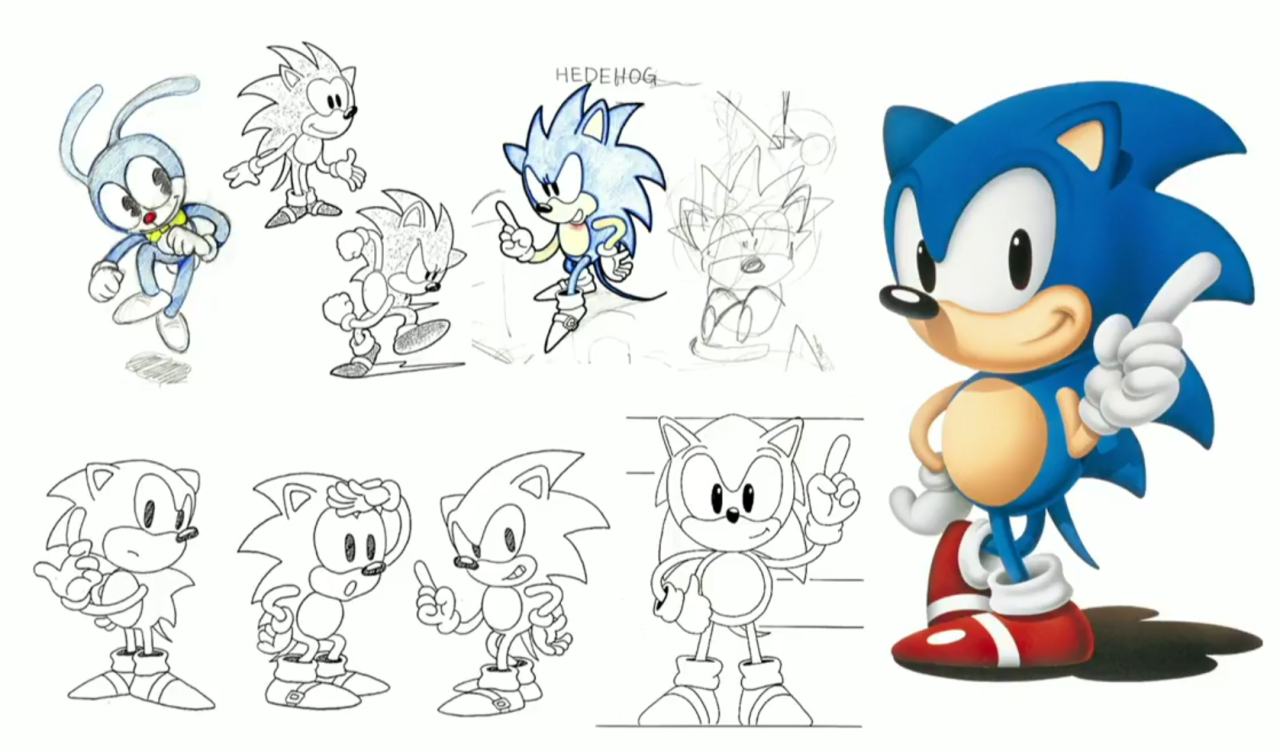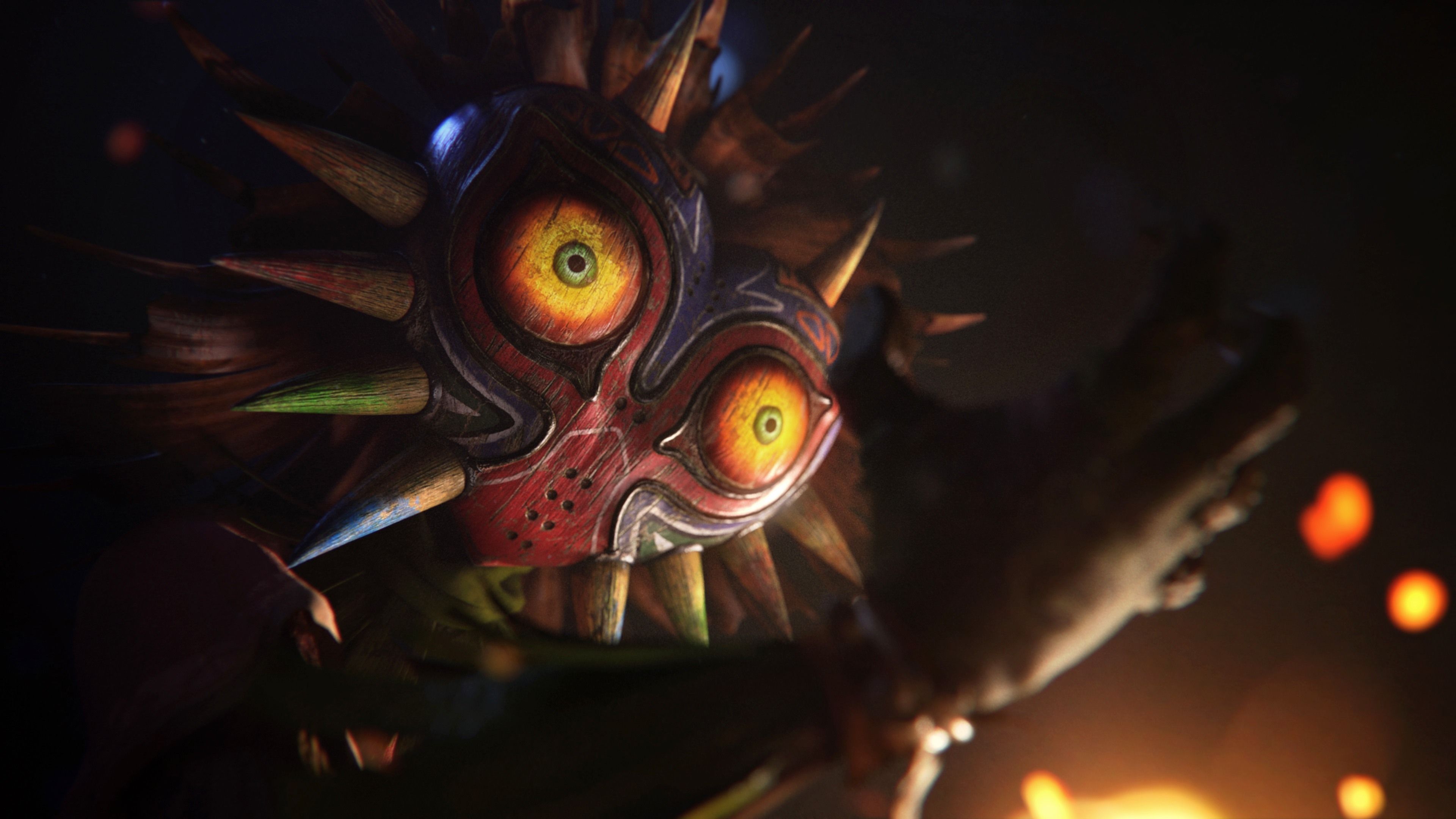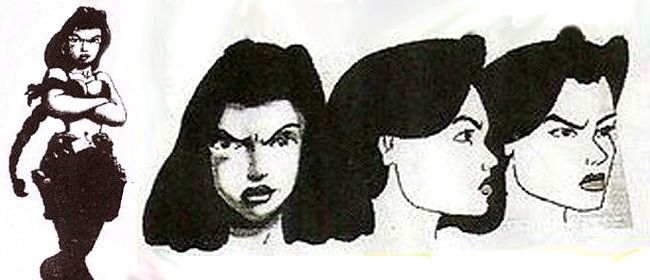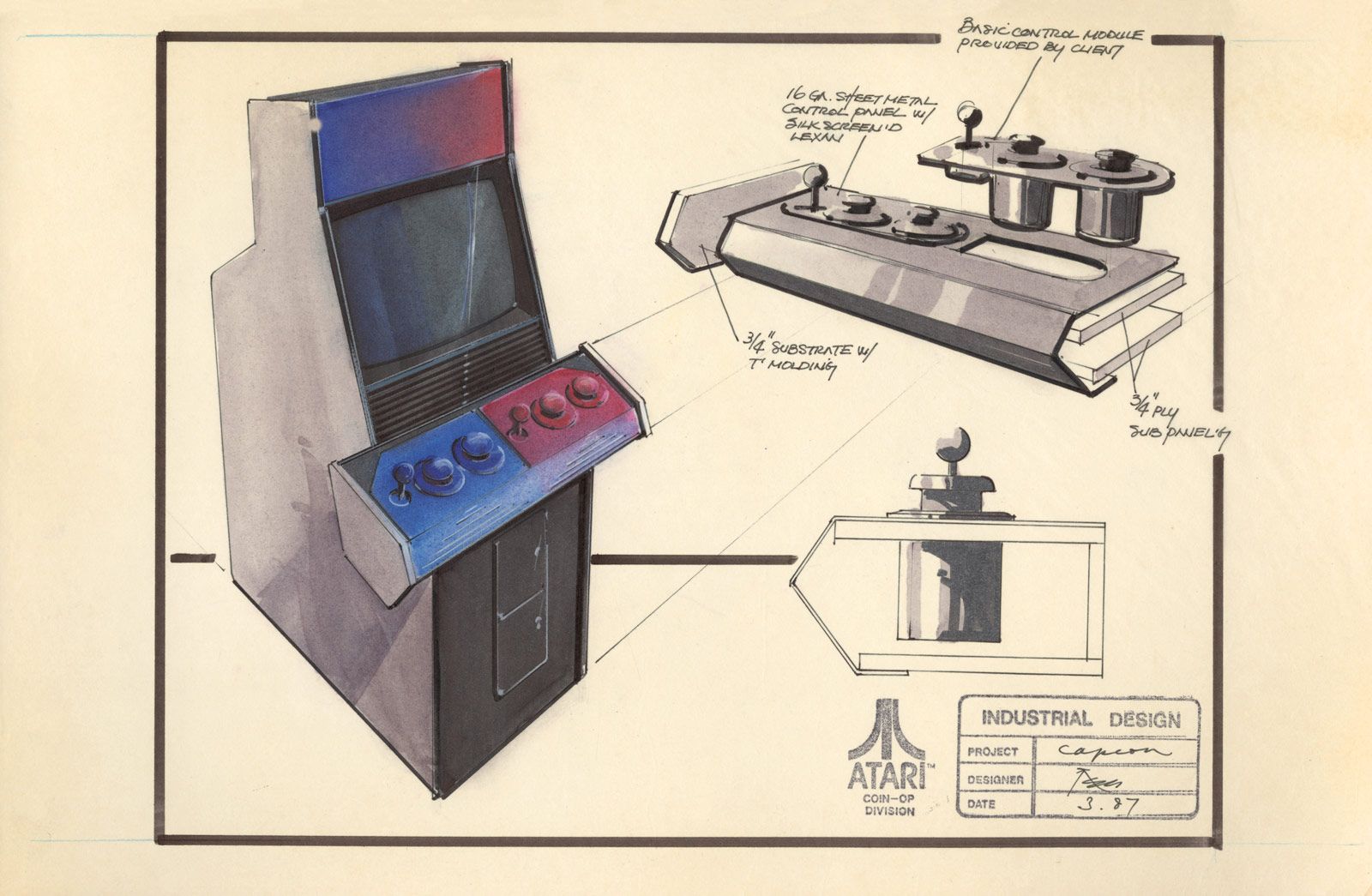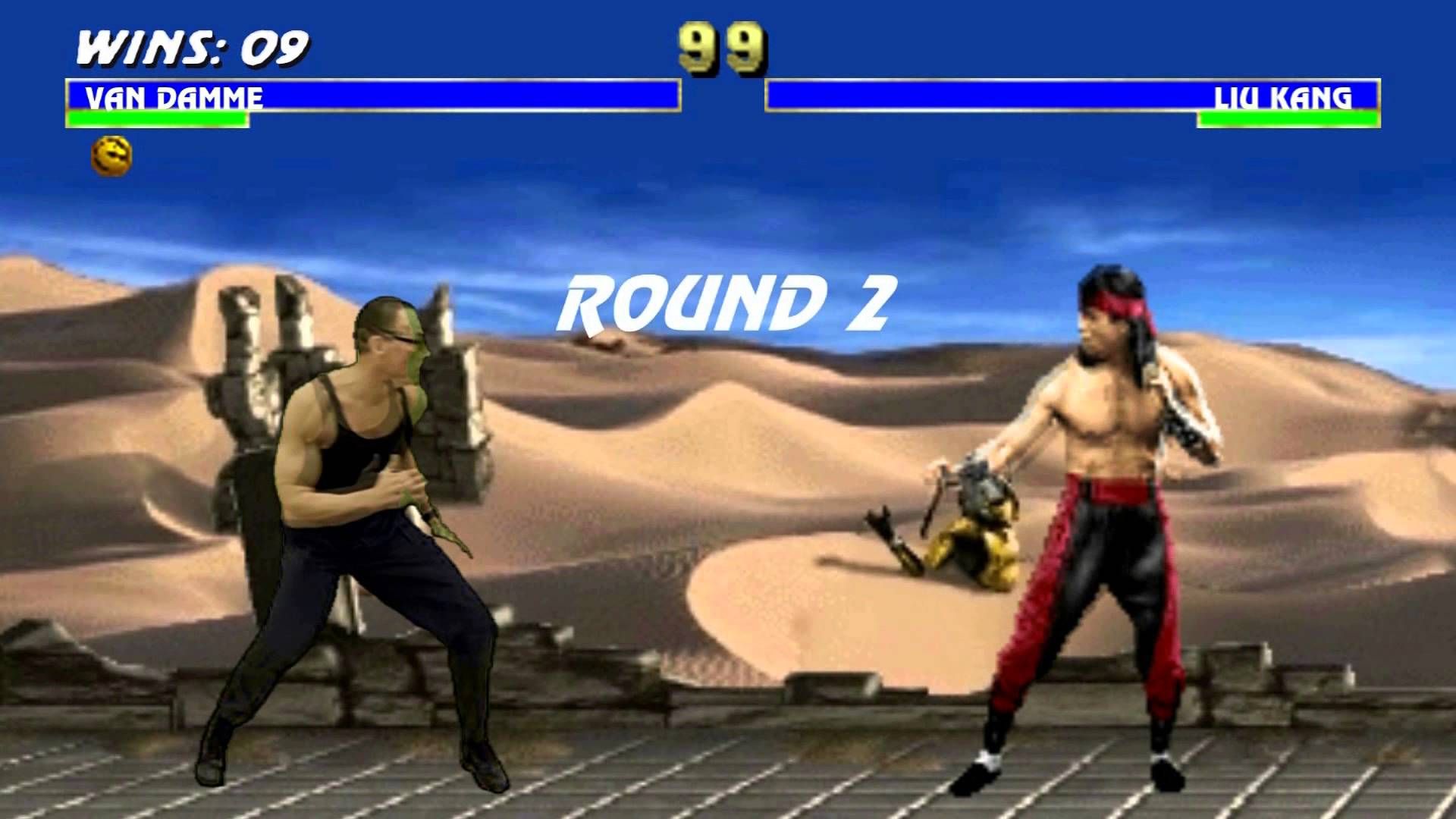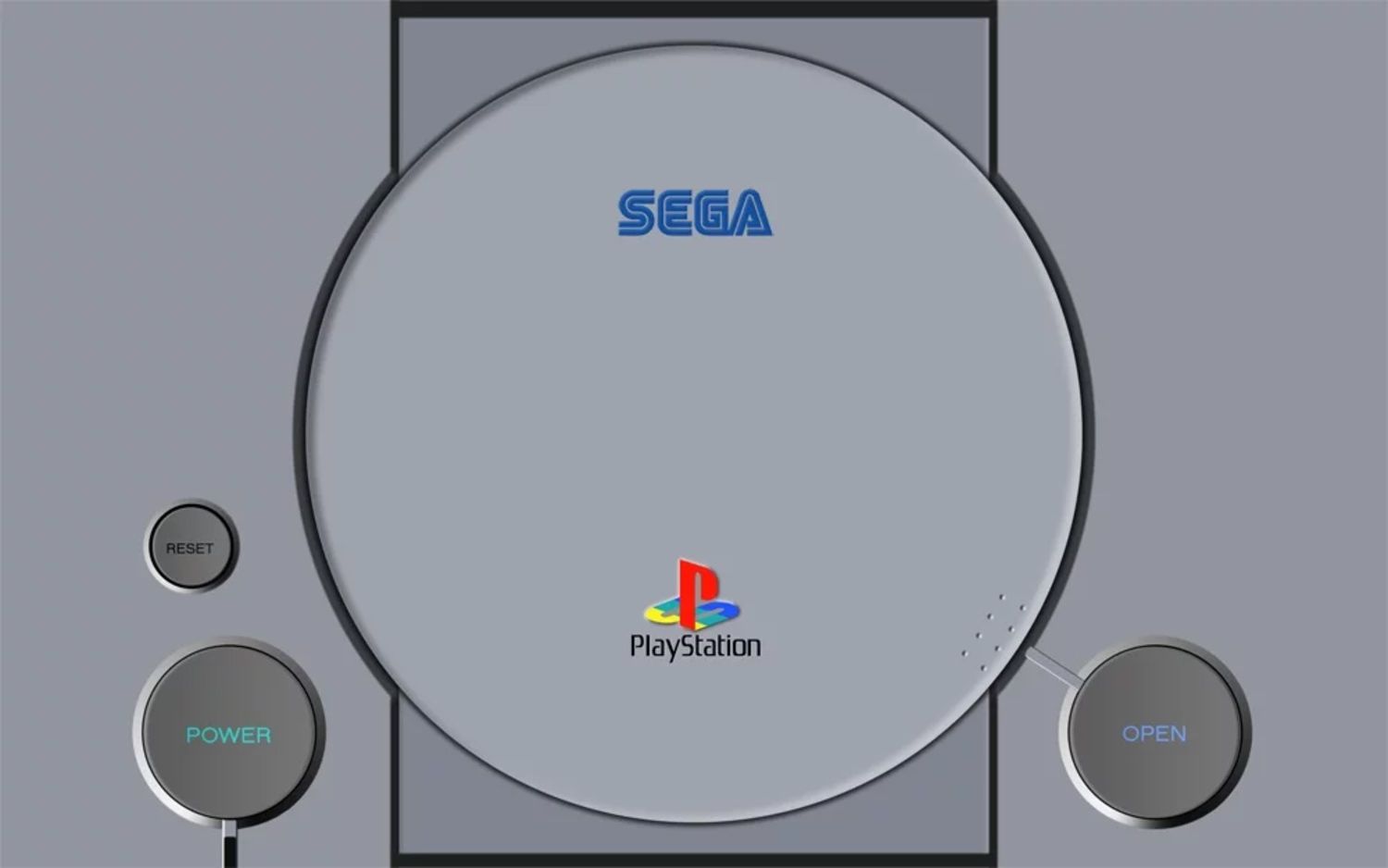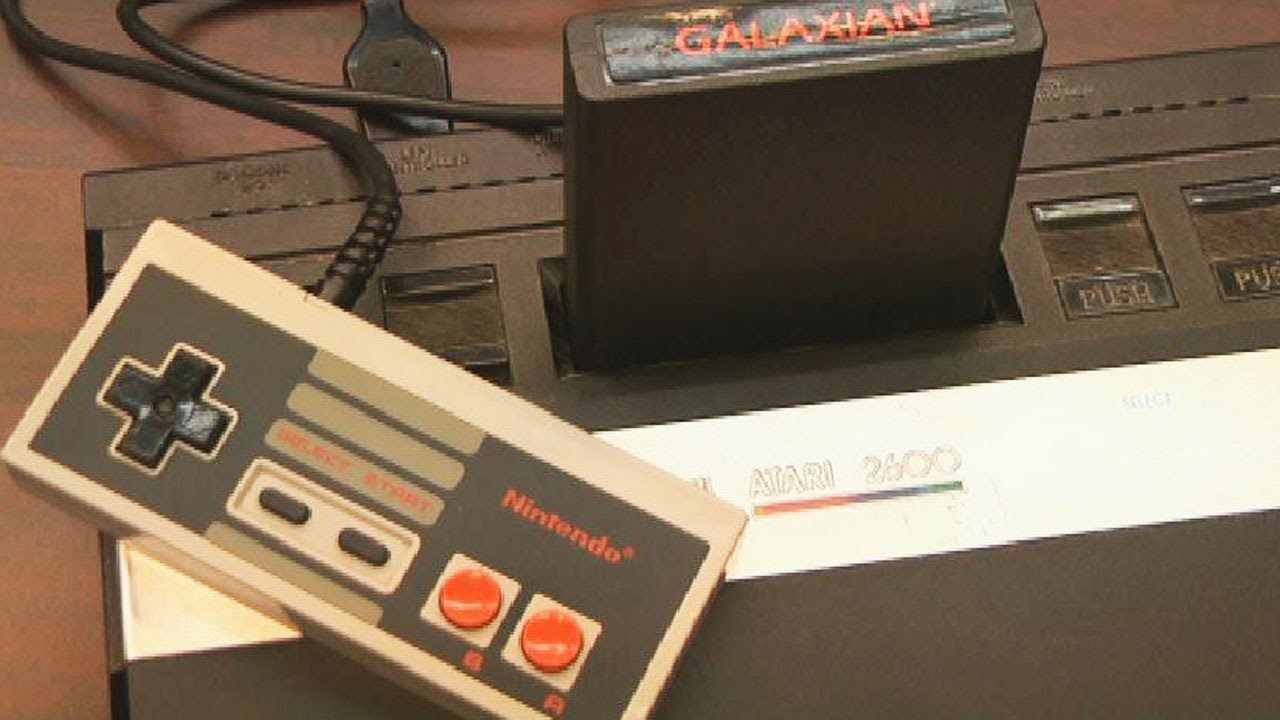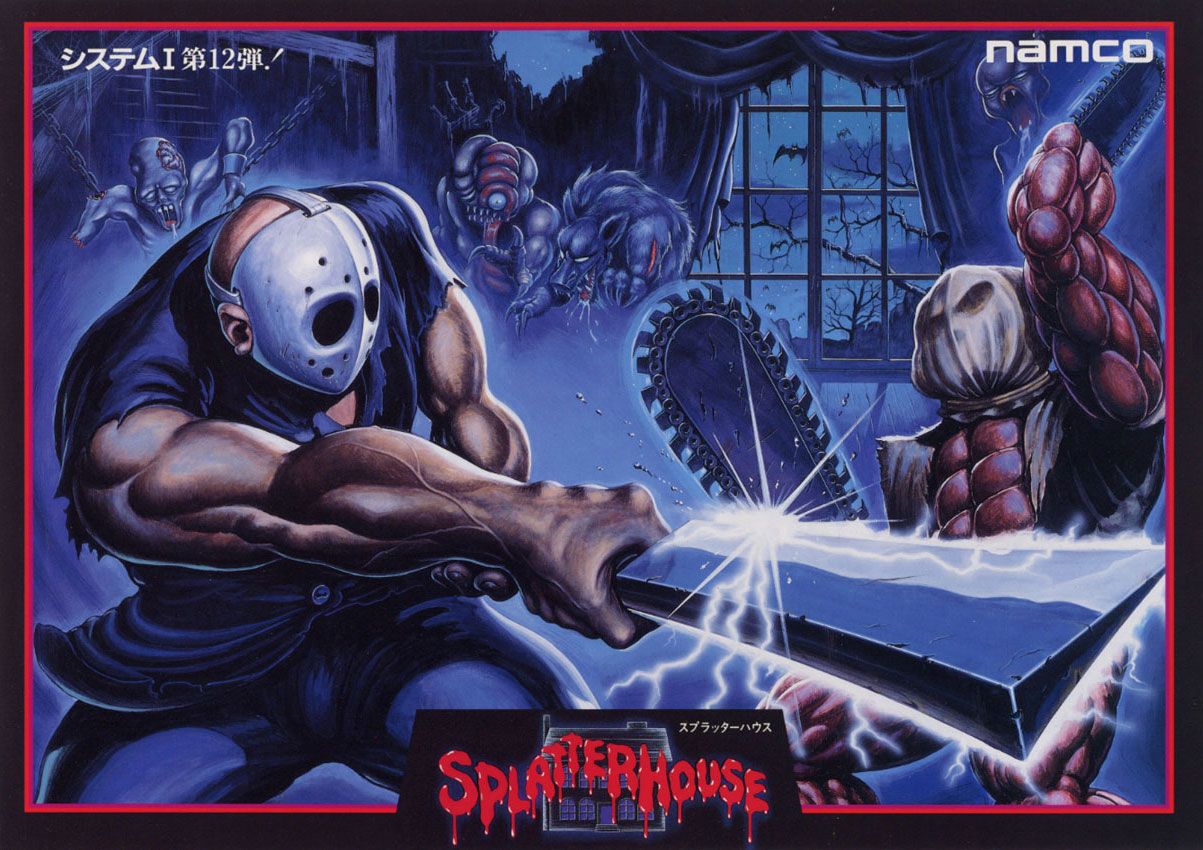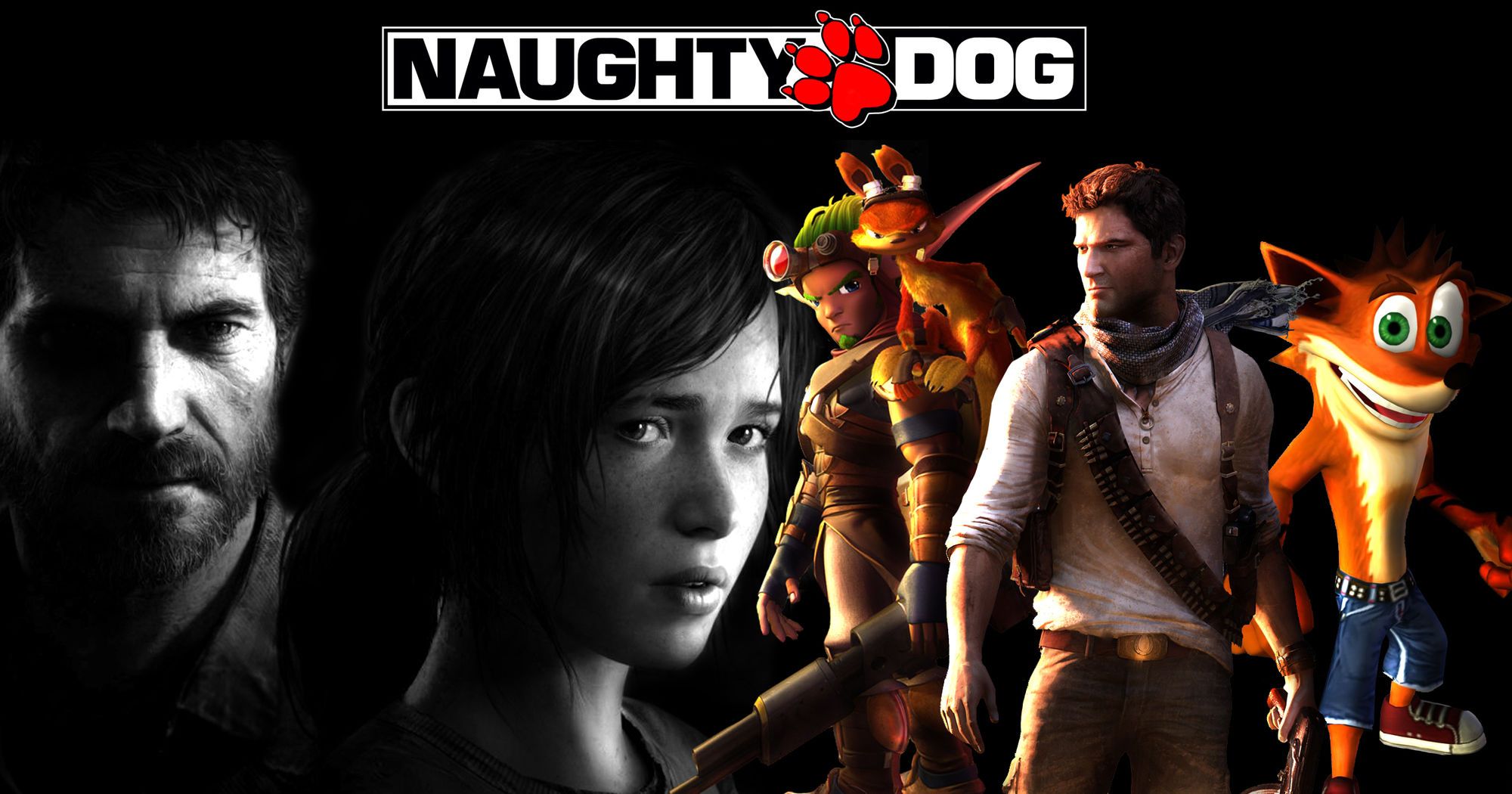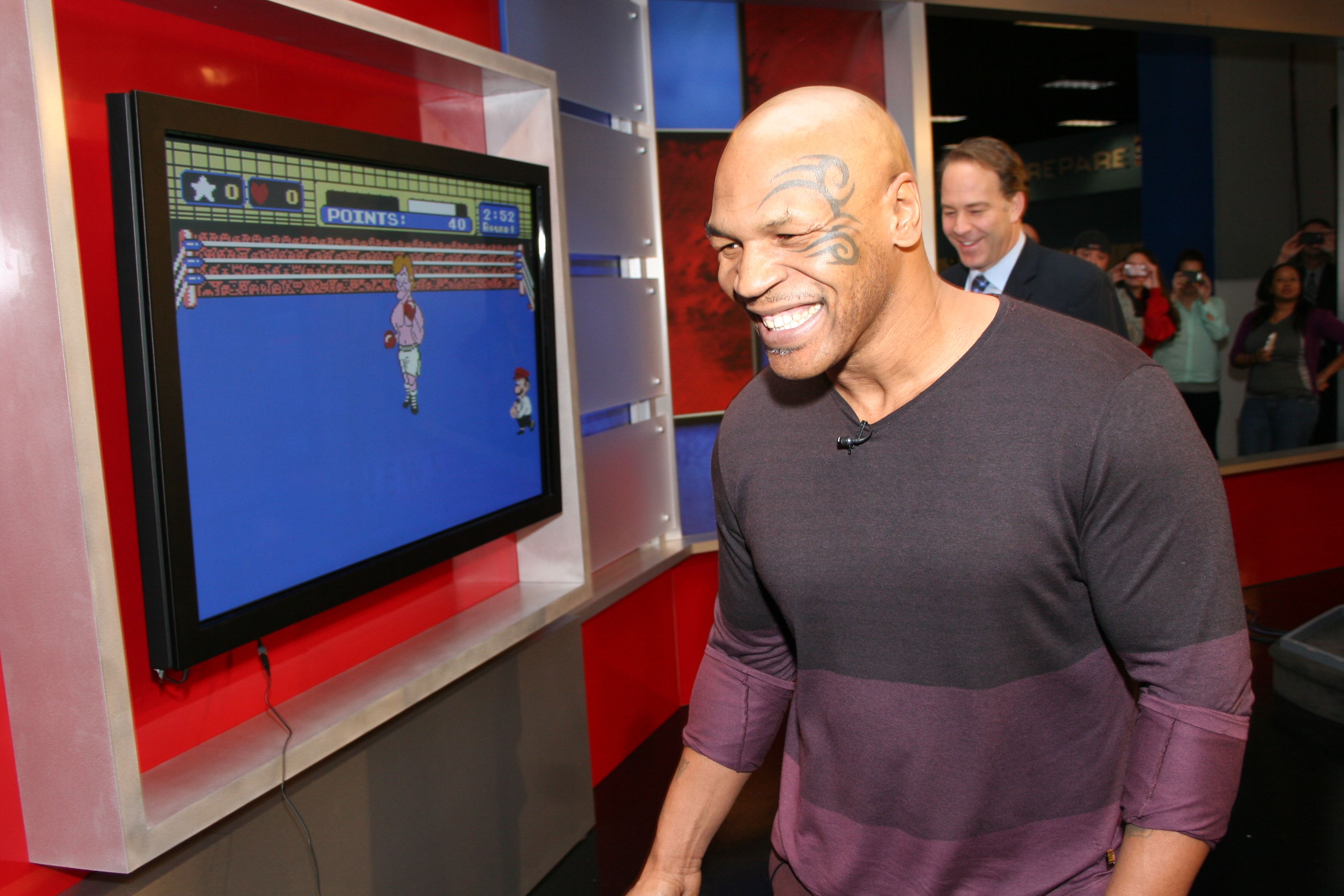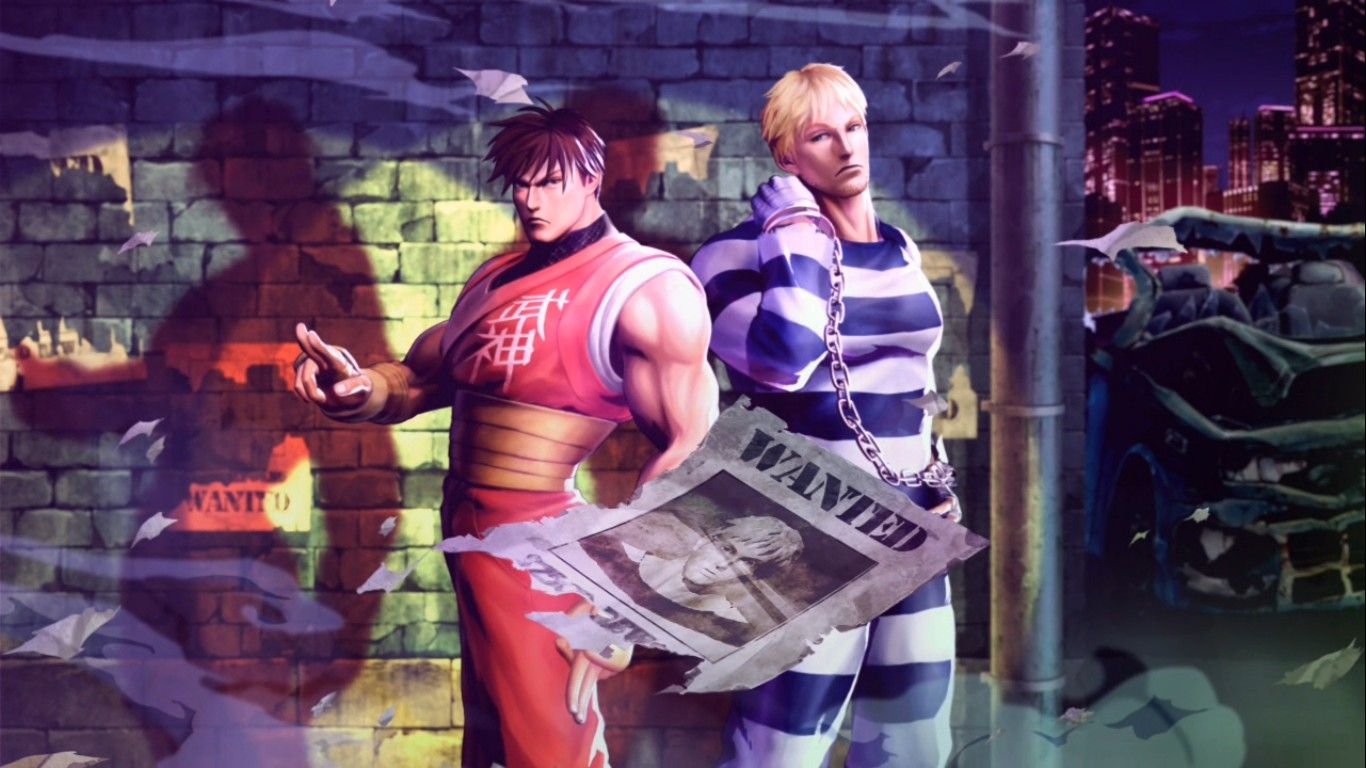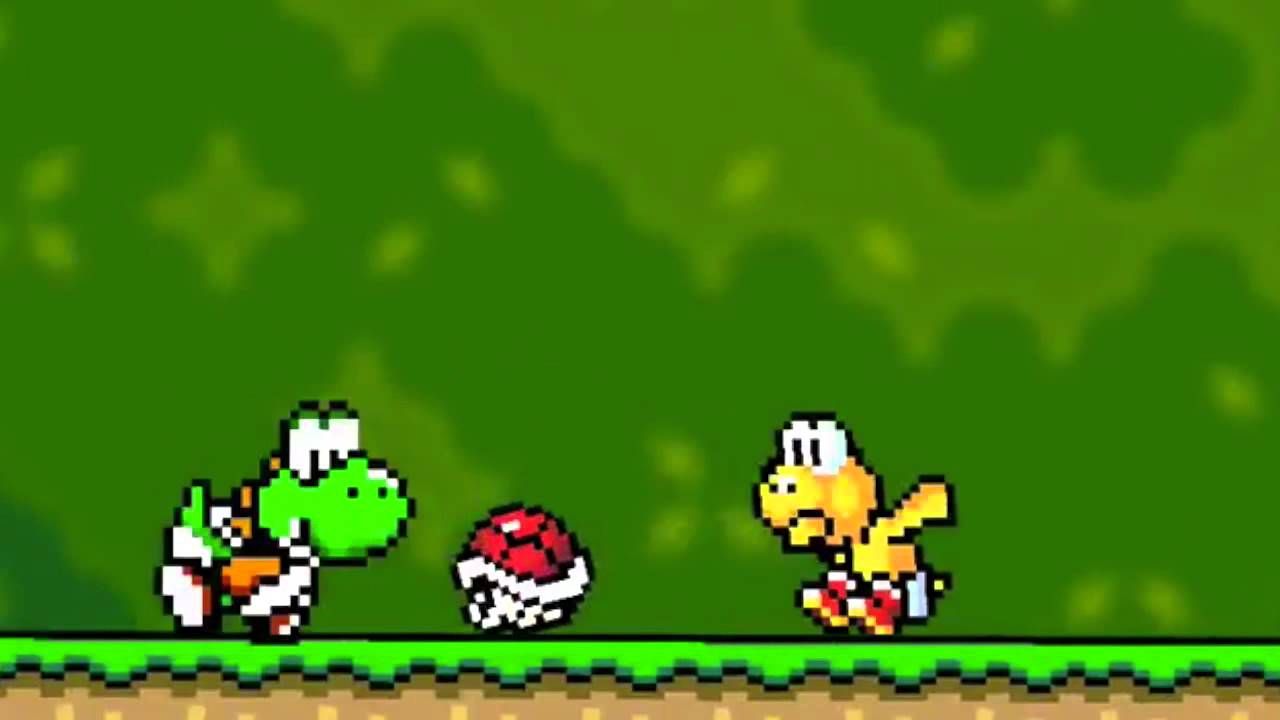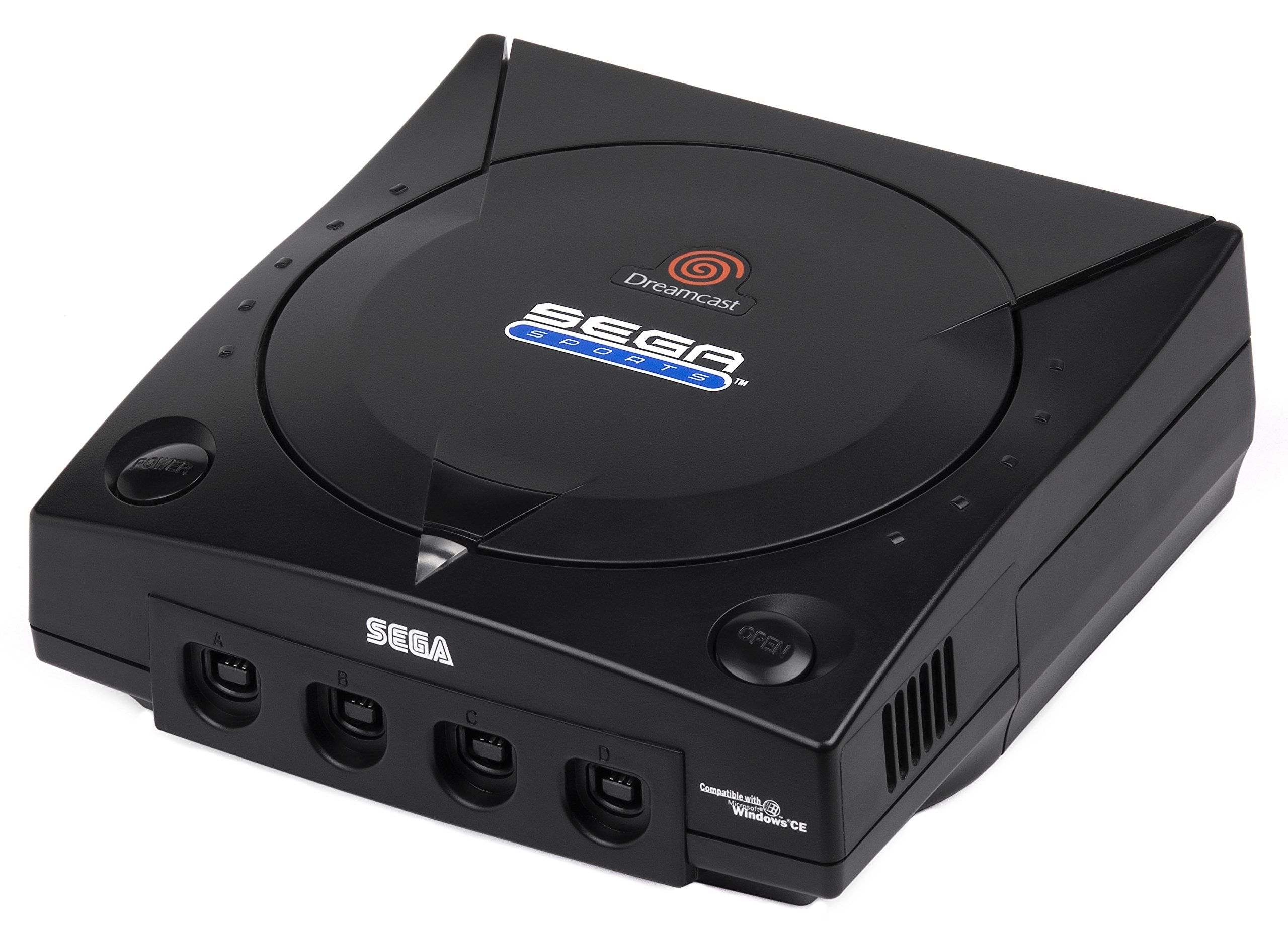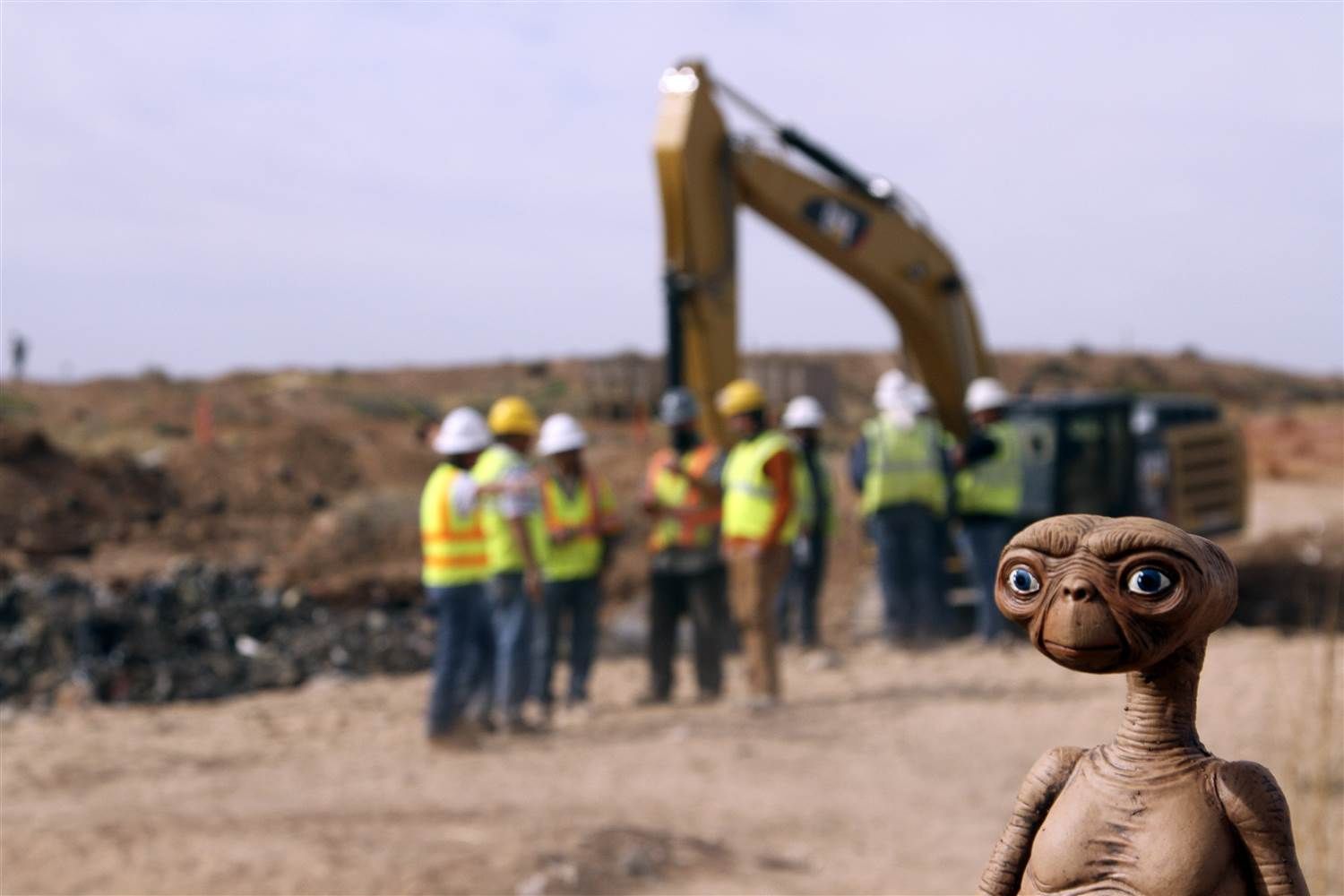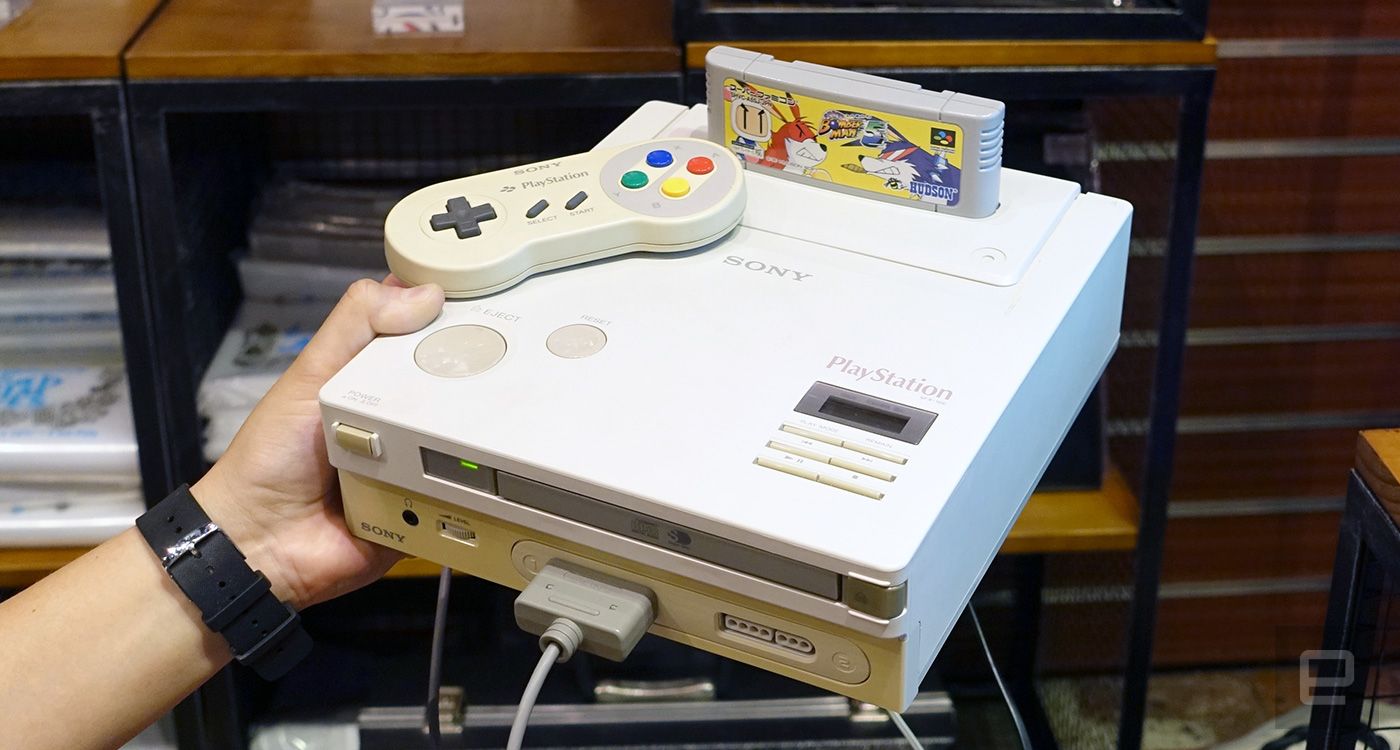The world around us is forever changing, but there are certain things that have been such mainstays in our lives that we never stop to think what would happen if they faded into obscurity. The realm of business is constantly changing at a breakneck place. Just when you think a company will last forever, they end up closing and disappearing from public consciousness. I used to get discount NES cartridges from Woolworth. Remember those? When you realize that the video game industry is essentially a sector in the business world filled with volatility, it gets you thinking about how nothing last forever and even the top-dog will eventually have to bow out.
The video game business is filled with stories of success and failure, and most of them were so influential that it changed the landscape of the world we know today. If we venture into the realm of hypotheticals, it really brings out the fanfiction writer in me. What would the world be like if Sega won the console war, or if Atari somehow figured out a way to weather the gaming collapse of 1983? What if Nintendo actually joined forces with Sony to create the Nintendo Playstation? Sounds crazy, right? But they are all things that could have happened if certain business moves were made.
If these strategic choices were made, life would be a whole lot different. How would we ever know, anyways? Maybe, there’s an alternative, parallel world where arcades still exist, and everyone wonders if they should buy the Sega PlayStation or Microsoft Xbox for Christmas. But I digress.
Here are 15 crazy things that almost happened in the gaming world, but didn’t. What if
15 Mr. Needlemouse Was The Face Of Sega
After Alex Kidd’s failure to gain traction as the Sega mascot, AM8 was tasked with creating a character who could compete with Nintendo’s Mario not only as the face of the company, but also be a star in his own franchise of successful video games. In the design stages, the designers considered designs with an armadillo and rabbit, both of which eventually were developed into separate Sega characters, and labeled the character with the codename Mr. Needlemouse. After Sega of America adjusted the design from Japan, the Sonic the Hedgehog we know and love was born, and the rest is history. Sonic did adopt some of the features of the aforementioned animals, such as the ability to roll like an armadillo and possessing the blazing speed of a rabbit. There were several notable misconceptions about hedgehogs. Interestingly, Yuji Naka, the former head of the Sonic Team, didn’t realize hedgehogs could actually swim. Though they could roll, they are unable to do it as quickly as armadillos. Also, they aren’t fast, by any means.
14 Ura Zelda Got The Greenlight
Acting as an expansion for the hugely-popular Ocarina of Time, Ura Zelda was one of two potential projects for Nintendo’s 64DD, with the other being Zelda Gaiden. Due to how badly the 64DD peripheral was received by the public, both titles were scrapped and never released. Zelda Gaiden became the basis for Legend of Zelda: Majora’s Mask, the true sequel to Ocarina of Time for the basic N64. What would have happened if the 64DD received more critical acclaim rather than universal panning? It could have meant that Ura Zelda would have been released. Zelda fans will never see the true version of Ura Zelda and what it had to offer, but if Majora’s Mask was the consolation prize, we all gladly take accept.
13 Laura Cruz, Tomb Raider
What was the name of the Tomb Raider, again? Laura Cruz? That was the initial name for the protagonist for the Tomb Raider games. Not much is known about the origins of Laura Cruz other than what was revealed to fans in the bonus video included with the Tomb Raider: Anniversary game. As a prototype of the future Tomb Raider, Laura Cruz was a Latin-American version of Lara Croft who possessed a similar backstory. Eidos decided to make the character British, as the company was based in London, at the time. Though it was a small and insignificant change, the marketing potential of the Tomb Raider games would have been entirely different, especially in Spanish-speaking markets. In gaming, there aren’t exactly many Latin-American characters, and even fewer positive ones. So, it would have been cool to have a Latin heroine lead a popular franchise for once.
12 Street Fighter Had Pressure Sensitive Pads
Luckily for Capcom, the arcade variants of Street Fighter with pressure-sensitive pads never gained much traction with consumers. Instead, they went with the six-button configuration that was used for every subsequent Street Fighter game, including their smash-hit sequel. Outside of arcade historians, not many gamers even know such a variant existed for the original Street Fighter cabinet. Niche arcade games rarely have longevity as more conventional joystick and button layout, so if Capcom did adopt the pressure-sensitive control system, it was probably doomed to failure. If it was successful, Street Fighter II would likely to have featured the same system for their cabinets. Imagine arcade patrons slamming their fists on the pads to do Hadoukens. Wonder how long it took for each unit to break?
11 Jean-Claude Van Damme Stayed On Mortal Kombat
If you ever thought that Johnny Cage was oddly like “The Muscles from Brussels,” the resemblances are more than skin-deep. Initially starting a project adapting Jean-Claude Van Damme’s Universal Soldier, the legendary creative team behind Mortal Kombat, actually wanted to create a game from one of Van Damme’s more popular films, Bloodsport. When they were unable to acquire the license for the film, Mortal Kombat was born and Johnny Cage became a caricature of the Belgian action star. Ironically, Van Damme headlined the film adaptation of Street Fighter and its tie-in video game, digitalized graphics and all. One could only wonder what would have happened if the Bloodsport deal came to fruition, or if he remained a part of the Mortal Kombat franchise. JCVD does a fatality on Kano? Sweet.
10 Sega Won The Console War
According to the book “Console Wars,” Sega had several opportunities to win the console war, or at the very least, survive into the modern generation. Tom Kalinske, who followed Michael Katz’s Nintendon’t campaign, kept the momentum going by capitalizing on Nintendo’s weaknesses. However, it was what Kalinske was unable to do that ultimately-doomed Sega in the console market. After their partnership with Nintendo fell by the wayside, Sony was looking to collaborate with Sega to produce what would inevitably become the Playstation. When that failed, Kalinske suggested teaming with Silicon Graphics, who prioritized Sega over Nintendo. Sega of Japan was so adamant in their proposed architecture of the Saturn that both partnerships were rejected. The technology eventually fell into the laps of Nintendo, and the N64 was born. The Sega Saturn was deemed to be one of Sega’s biggest missteps, and one of the major reasons they pulled out of the console market. Could you imagine a Sega Playstation or a Sega 64?
9 Atari And Nintendo Became Partners
There was a time when Atari had the Midas Touch. Not only was the company successful in the arcades, but also pioneered the home console industry. But right before their demise, Atari had a string of terrible business decisions that sealed their fate. Their little-known potential partnership with Nintendo could have potentially revived and protected them from the crash of 1983 and their eventual exit from console-making. Nintendo offered the ailing giant the rights to market and distribute the Famicom worldwide, but when Atari balked at the deal, Nintendo released the console in North America as the NES and proceeded to dominate the 8-bit and 16-bit eras. Atari stuck with the 5200, which was a commercial failure. It is hard to imagine playing Super Mario Bros. 3 on the Atari Entertainment System, but it almost did happen.
8 Nintendo Continued To Give Namco Preferential Treatment
Namco benefited massively as a third-party publisher for Nintendo’s Famicom system, but when they were refused preferential treatment and even had some of their previous rights revoked, they decided to supply Nintendo’s competitor, Sega, with some of the best titles the company had to offer. The founder of Namco, Masaya Nakamura, was outspoken against Nintendo’s business practices of trying to monopolize the gaming marketplace. Though they didn’t entirely turn their back on Nintendo, Namco barely released anything for them until the Gamecube. By that time, Namco’s loyalty switched to the Sony PlayStation, as they released monumental games like the Tekken series, the Ace Combat series, Ridge Racer Type 4, and Soul Blade. How would life be different for Nintendo for the past two decades if they maintained a great relationship with Namco?
7 Naughty Dog Went Bankrupt
Imagine how the gaming landscape of today would be different without the presence of Naughty Dog. No Uncharted. No The Last of Us. Quite a frightening thought, but it was close to reality. During the early ‘90s, Naughty Dog nearly ran out of capital to sustain their business and almost didn’t finish the game that would save their company, Way of the Warrior. Though the game was written-off as one of the many Mortal Kombat-clones that were developed in the ‘90s, the quality of Way of the Warrior netted Naughty Dog three more games with Universal Interactive Studios, which became the tremendously-successful Crash Bandicoot series. As an integral part of Sony’s gaming sector, I cannot fathom a world where Naughty Dog actually went out of business in the ‘90s.
6 Mike Tyson Was Still The Face Of Punch-Out!!
Timing was everything when Mike Tyson lost his undisputed Heavyweight Championship bout to Buster Douglas. Instead of renewing Tyson’s contract, Nintendo decided to omit him from further releases of Punch-Out!! since he no longer held the belt. Nintendo would attempt to release another game with Tyson titled Mike Tyson’s Intergalactic Power Punch as the spiritual successor to the original Punch-Out!!, but his mounting legal troubles led Nintendo to give publishing rights to a third-party, who omitted his name and likeness and renamed the game Power Punch II. Interestingly, Douglas’s upset victory netted him a contract with Sega to appear in the American release of Final Blow as part of their Nintendon’t advertising campaign. If Iron Mike retained his title and stayed out of trouble, it was very likely he would have been the face of Punch-Out!! well into the 16-bit era.
5 Street Fighter ‘89
The original Street Fighter game was commercially successful, but nowhere near the legendary status of its sequel. When Capcom was developing a new beat ‘em up title for the arcade release, Final Fight, they actually wanted to name it Street Fighter ’89, but abstained from it due to two contradictory reasons. One reason stated that due to the original SF’s negative reputation, Capcom steered clear from attaching the Street Fighter name to the project. Another reason mentioned that since Final Fight possessed vastly different gameplay than Street Fighter, naming it as such would cause public confusion. Whatever it was, Final Fight was given its own series, and Street Fighter II would be released just a short while later to overwhelming success. Both would save Capcom from financial problems and potential closure. What would Street Fighter II be called if Final Fight didn’t get its own series? Ironically, Capcom USA would release a sci-fi game for the NES named Street Fighter 2010: The Final Fight, which had nothing to do with either series.
4 Yoshi The Koopa
Before he became Mario’s trusty dinosaur steed and starred in various titles, Yoshi began his life in the design stages as a special Koopa Troopa who allied with the Mushroom Kingdom. Some of his Koopa origins can still be found in final design, such as his saddle resembling a Koopa shell. So why was Yoshi changed into a dinosaur? Probably, due to issues with the sprites, and how awkward it looked for Mario to ride on a turtle. Also, it would have raised questions in the parenting community to have one Koopa eat another, even though the one getting eaten deserved it. There were designs of the pixelated Mario riding what can only be described as an awkward Pterodactyl. Good thing they decided to go the route of Dino-lookalike.
3 EA Supported Dreamcast
EA and Sega have always had a turbulent relationship. EA supplied the Genesis with sports titles, such as the Madden and Road Rash series, and helped them release Joe Montana Football. Yet, the publisher also reverse-engineered the Genesis console and used it as leverage to manufacture their own cartridges, as well as paying a more favorable rate than other publishers. That is like your most important business partner blackmailing you. By the time the Dreamcast came around, Sega had purchased Visual Concepts with the intention of publishing sports titles. Unfortunately, this soured relationships with EA, as they wanted sports exclusivity on the console. What resulted was EA never supported the Dreamcast, and the 2K Sports brand was formed. While EA probably would not have saved the Dreamcast, their exclusivity contract would have killed 2K Sports in its infancy and led to their monopoly over sports titles in the modern era.
2 Atari Avoided Mistakes
For all the things that Atari did right in the ‘70s and early ’80, they had an equally impressive streak of poor and stupid business decisions. The company dominated the arcade and home console markets, employed future-Apple founders Steve Jobs and Steve Wozniak, and legitimized gaming as the newest and hottest business sector. With competition from Activision and Mattel, Atari was on the ropes looking to stop the bleeding. Pac-Man was their ace-in-the-hole, hoping it would be a killer app for the 2600. Unfortunately, the game was critically panned and undersold. When they rushed to release E.T. the Extraterrestrial in time for the holiday season, the game was so disastrous that it was widely considered to be the final nail in the coffin for Atari. It was buried in a landfill in New Mexico with other games that they couldn’t sell. Soon after, the company released the 5200 much too late and the console was a commercial failure. Still, Atari had one more opportunity to right itself when Nintendo offered them global distribution rights to the Famicom system. When that fell through, Atari was never able to recover. If Atari even corrected one of their aforementioned failures, it might have changed the fortunes of the entire company, and the history of gaming would have been different.
1 Nintendo PlayStation Happened
Like Sega, Nintendo was offered a partnership with Sony to create the Super NES CD-ROM, a console that would eventually evolve to become the PlayStation. For a handful of reasons, the company was resistant to change their envisioned path for the next-generation console. Unlike Sega, Nintendo did work with Silicon Graphics to create the Nintendo 64. Since Nintendo was not ready to abandon cartridges quite yet, this led Sony to develop a console by their lonesome. This would be a critical mistake for Nintendo, as the Sony Playstation would become an unconquerable rival to their N64. Gamers could only imagine what would have happened if Nintendo and Sony produced the PlayStation together. Several weeks ago, a prototype Nintendo Playstation was coaxed into functioning, albeit with a lot of effort and keen engineering work. Surely, their partnership would have changed modern gaming, tremendously.

